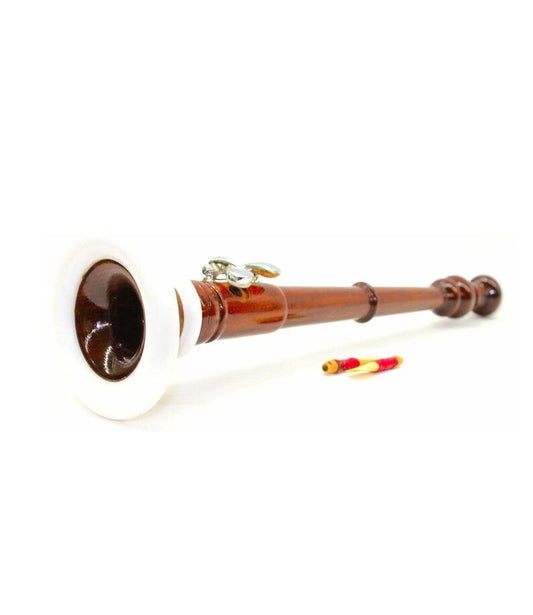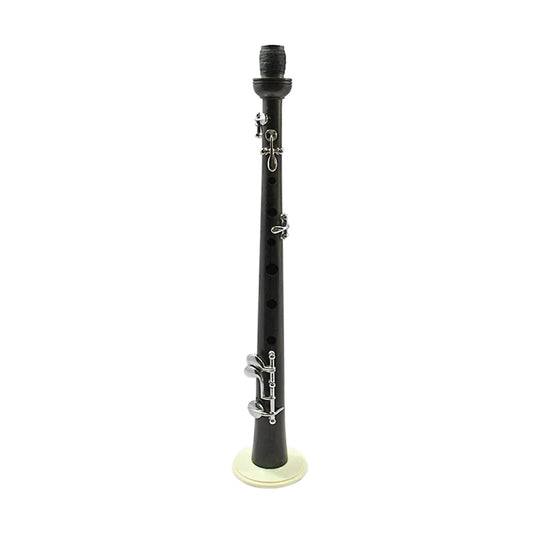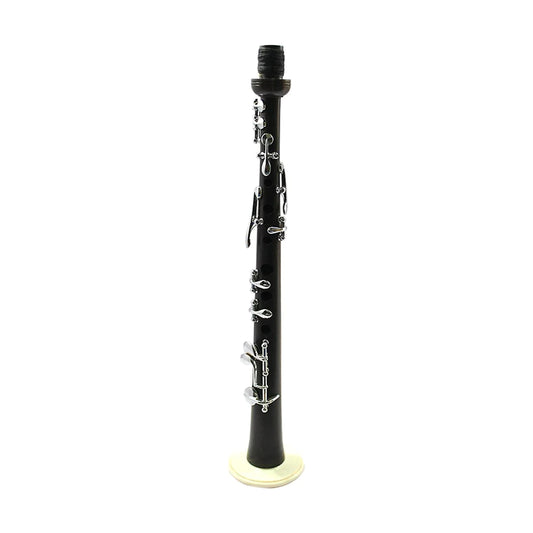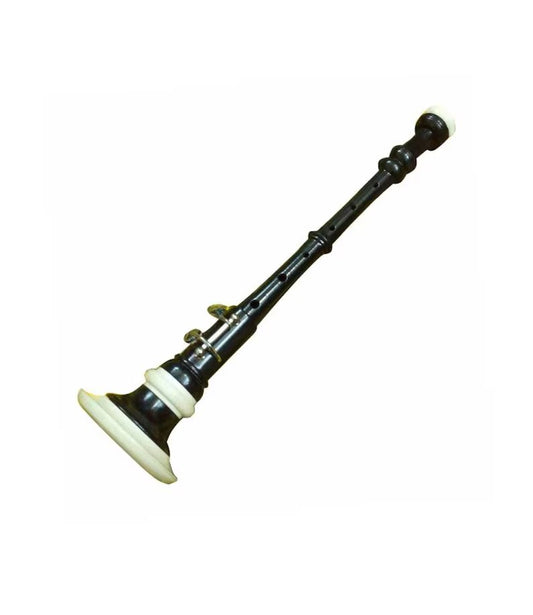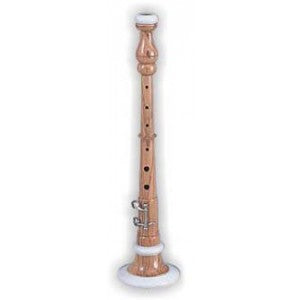-
Rosewood Bombard Chanter For Sale
Regular price $69.00 CADRegular priceUnit price / per$137.00 CADSale price $69.00 CADSale -
Brown Rosewood Bombard Chanter
Regular price $69.00 CADRegular priceUnit price / per$137.00 CADSale price $69.00 CADSale -
Brian Boru Ebony wood 5 Keys Pipe Bombard Chanter
Regular price $136.00 CADRegular priceUnit price / per$206.00 CADSale price $136.00 CADSale -
Brian Boru Ebony wood 10 Keys Pipe Bombard Chanter
Regular price $136.00 CADRegular priceUnit price / per$206.00 CADSale price $136.00 CADSale -
Black Rosewood Bombard Chanter
Regular price $69.00 CADRegular priceUnit price / per$137.00 CADSale price $69.00 CADSale -
Bombard Chanter For Sale
Regular price $69.00 CADRegular priceUnit price / per$137.00 CADSale price $69.00 CADSale
Collection: Bombard Chanters
Bombard Chanters: An Essential Component of Breton Music
Introduction: Bombard chanters are vital instruments in Breton music, known for their distinctive sound and integral role in traditional ensembles. These instruments, resembling small double-reed woodwinds, are responsible for providing melody and character to Breton folk music. In this guide, we'll delve into the origins, features, playing techniques, significance, and cultural impact of bombard chanters in Breton music.
Origins and Evolution: The bombard, a type of double-reed woodwind instrument, has its roots in Brittany, a region in northwest France known for its vibrant folk music traditions. Historically, bombards were used in outdoor processions, celebrations, and dances, accompanying other instruments such as bagpipes, drums, and hurdy-gurdies.
Features of Bombard Chanters:
-
Construction: Bombard chanters are typically made of wood, with a conical bore and a double reed mouthpiece. They are relatively short in length compared to other woodwind instruments, with a curved shape resembling a small saxophone or oboe.
-
Tuning Holes: Bombard chanters feature six finger holes on the front of the instrument, which the player uses to produce different notes and pitches. The size and placement of these holes determine the scale and range of the bombard.
-
Reed: The double reed mouthpiece of the bombard chanter consists of two reeds bound together, which vibrate when air is blown through them, creating sound. The reeds are typically made of cane or synthetic materials.
Playing Techniques: Playing the bombard chanter requires specialized techniques and skills:
-
Embouchure: Players develop a unique embouchure, or mouth position, to control the airflow and produce a clear and resonant sound on the bombard chanter.
-
Fingering: Bombard players use their fingers to cover and uncover the tuning holes on the instrument, similar to playing a recorder or flute. Different combinations of fingerings produce various notes and melodies.
-
Articulation: Articulation techniques such as tonguing, slurring, and staccato are used to shape the sound and create rhythmic patterns and accents in Breton music.
Significance in Breton Music: Bombard chanters play a crucial role in Breton folk music, contributing to its distinctive sound and character:
-
Melodic Lead: In traditional Breton ensembles, the bombard chanter often serves as the melodic lead instrument, carrying the tune and providing a focal point for the music.
-
Dance Music: Bombard chanters are commonly featured in Breton dance music, including the lively dances such as the "gavotte" and the "an dro." The energetic and rhythmic nature of the bombard's sound complements the lively footwork of the dancers.
-
Cultural Identity: Bombard chanters are symbols of Breton cultural identity and pride, representing the region's rich heritage and musical traditions. They are celebrated in festivals, concerts, and gatherings throughout Brittany and beyond.
Conclusion: Bombard chanters are integral instruments in Breton folk music, beloved for their distinctive sound, expressive capabilities, and cultural significance. As ambassadors of Breton musical heritage, bombard players continue to preserve and promote the traditions of their ancestors, ensuring that the enchanting melodies of the bombard chanter remain a vital part of Breton culture for generations to come


